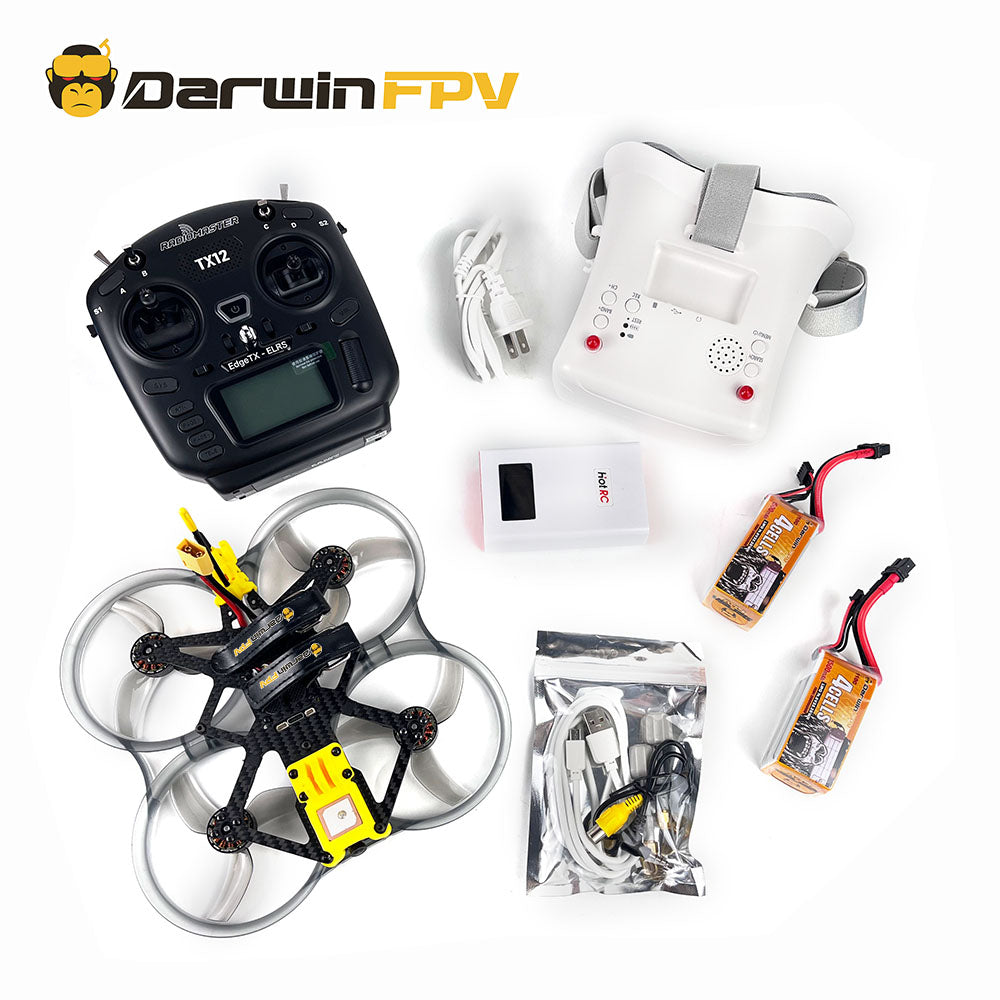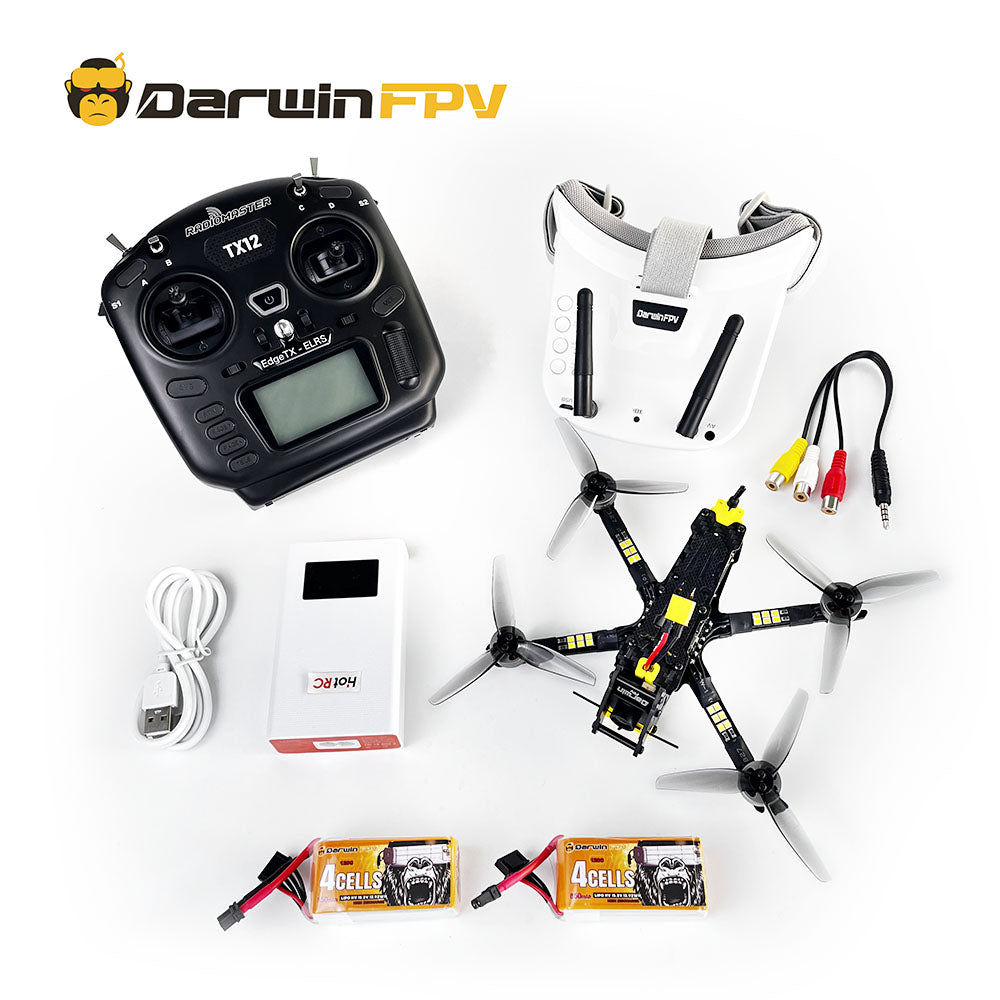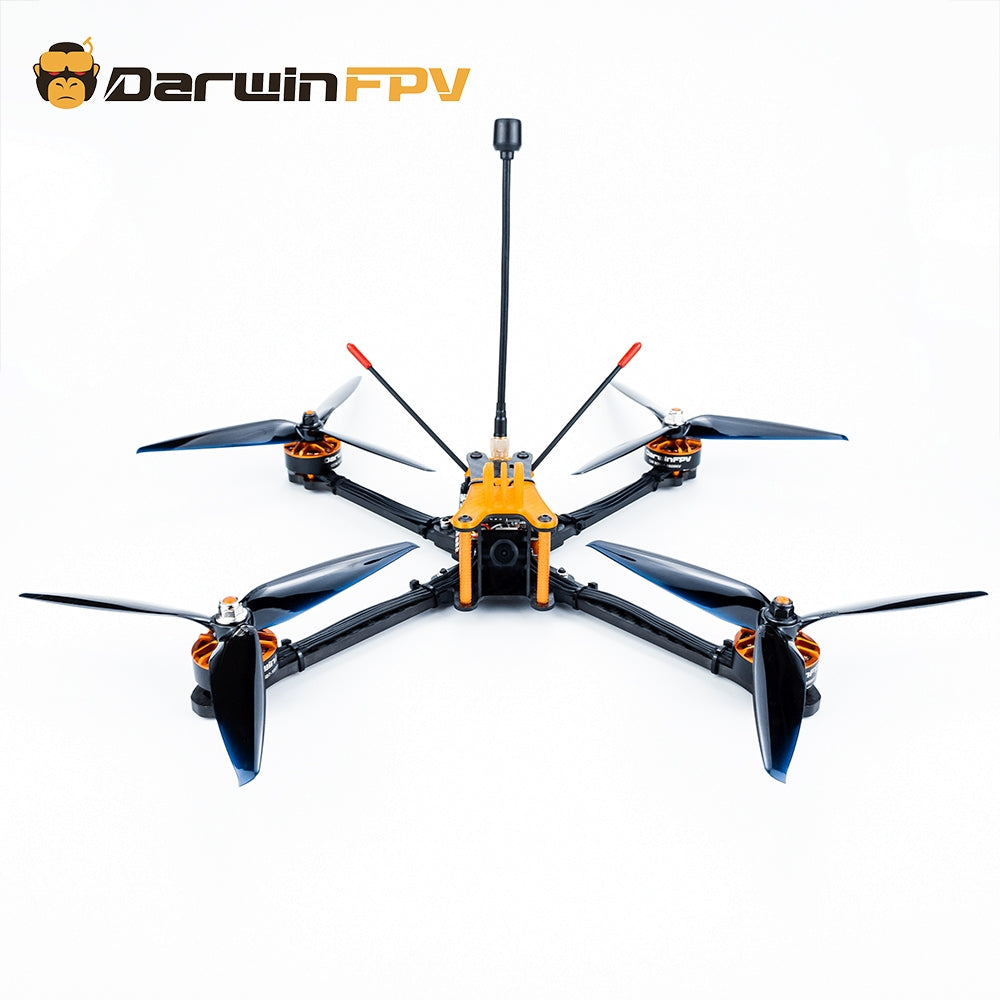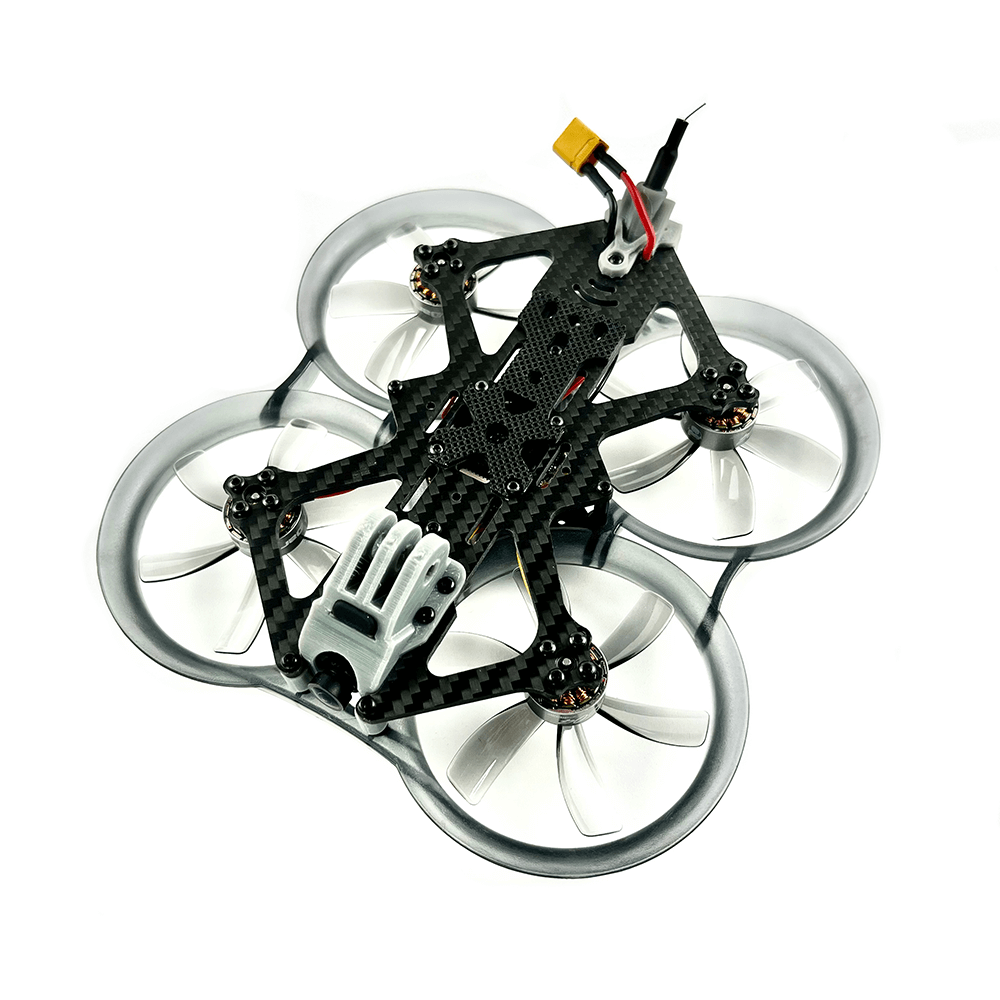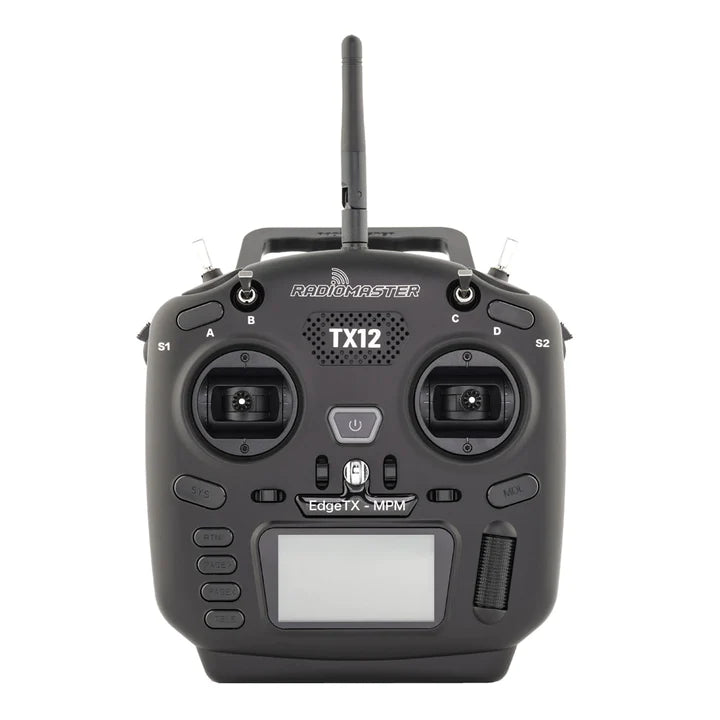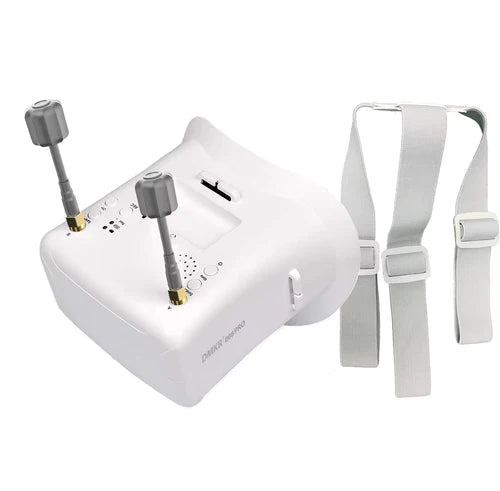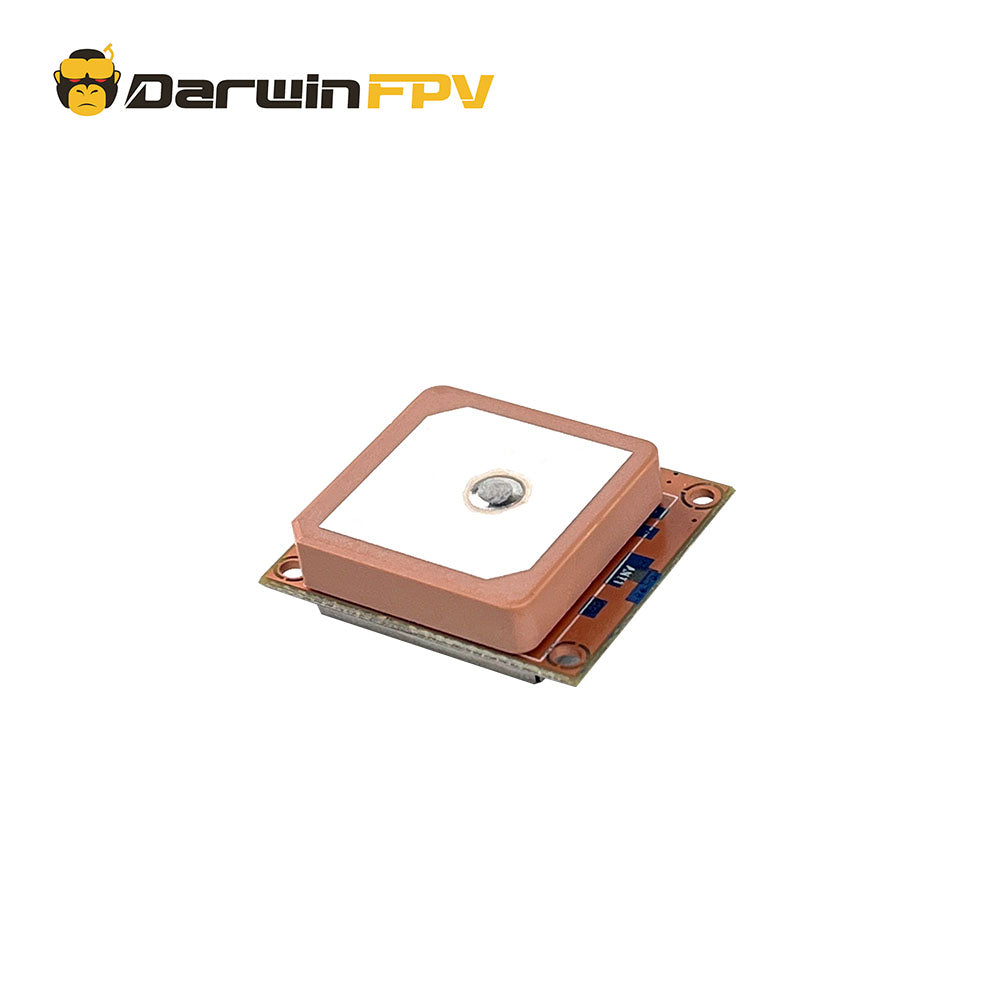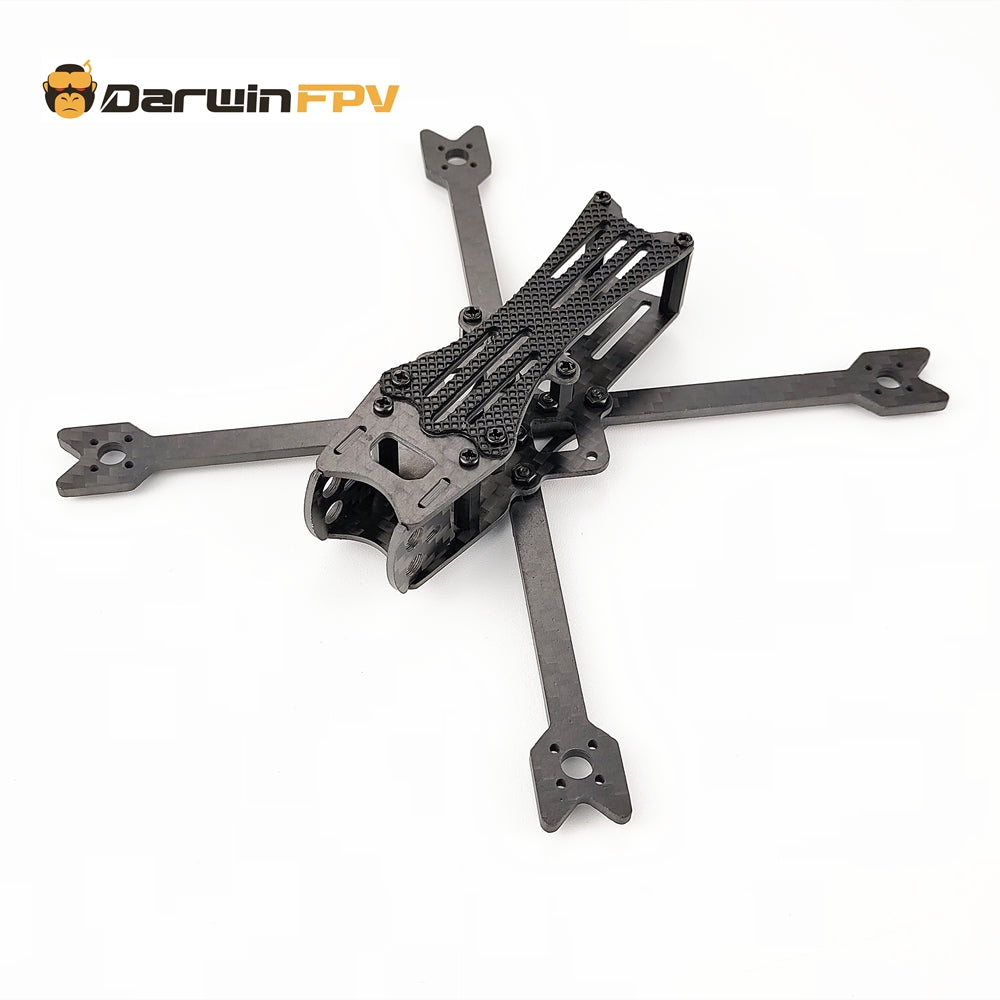The FPV drone is a drone that flies through a first-person perspective (FPV), featuring an immersive experience and a high degree of interactivity. This guide aims to provide a complete flight guide for FPV drone pilots, helping you understand the characteristics of FPV drones, route planning, flight operations, communication and safe flight, etc., to ensure that you can master and Safely use FPV drones for flying activities.
route planning
When planning the flight path of an FPV drone, the following factors need to be considered:

Take-off and landing site: Choose a suitable take-off and landing site to ensure that it is open, free of obstacles, and meets the requirements for drone take-off and landing.
Meteorological conditions: Consider the impact of wind speed, rainfall, visibility and other factors on the flight of drones. Make sure to fly under weather conditions that meet flight safety. Note that flying at an altitude that is too high or too low may affect the performance and safety of the drone.
Flight Path: Choose a safe flight path, avoiding no-fly zones, dangerous terrain, and other obstacles. Make sure your drone is flying in safe airspace.
flight operations
The following are the basic flight operations of FPV drones:
Take-off: Send a take-off command through the remote control or automatic control system. When taking off, the drone should be pulled up slowly to avoid stalling.
Cruise: After the UAV is in stable flight, control the UAV to fly along the planned route through the remote control or automatic control system. According to needs, the flight height and speed can be adjusted appropriately.
Turning: Control the UAV to turn left and right through the remote control or automatic control system. When turning, you should adjust the direction slowly to avoid loss of control caused by sharp turns.
Lifting: Control the UAV to lift by remote control or automatic control system. When lifting, the speed should be adjusted appropriately according to the actual situation, so as not to be too fast or too slow.
Landing: After confirming that the landing place is safe and the drone has sufficient power, issue a landing command through the remote control or automatic control system. When landing, the altitude should be lowered slowly to avoid stalling.
communication
The FPV UAV communicates with the ground control center through radio equipment. Here are the basics of communication:
Communication frequency: According to mission requirements and regulations, select an appropriate communication frequency to ensure stable signal and reliable transmission.
Communication range: Understand the communication range of the UAV to ensure that the flight mission is carried out within the effective range.
Signal quality: Always pay attention to the quality of communication signals, and take immediate measures in case of signal interruption or poor quality.
safe flight

Safe flight of FPV drones is critical to mission success and personal safety. The following are the basic requirements for safe flight:
Comply with regulations: Strictly abide by relevant laws and regulations and flight regulations, do not fly in no-fly areas, and do not violate air traffic rules.
Risk assessment: Before performing flight missions, assess possible risks and take corresponding measures to reduce risks.
Emergency response: Familiar with the emergency response process, in case of an emergency, take corresponding measures immediately to ensure the safety of personnel and equipment.
Safety awareness: Improve safety awareness, always pay attention to the flight status and surrounding environment, stay alert, and avoid potential dangers.
During the flight, you should pay attention to the following:
Energy Consumption: Pay attention to the remaining battery power of the drone, and return to the base or land in time to avoid the drone from being out of control due to battery exhaustion.
Track control: Follow the planned route and avoid frequent changes in heading and altitude to reduce the risk of loss of control.
Communication signal: maintain stable communication with the ground control center to avoid loss of control or failure to obtain instructions in time due to signal interruption.


